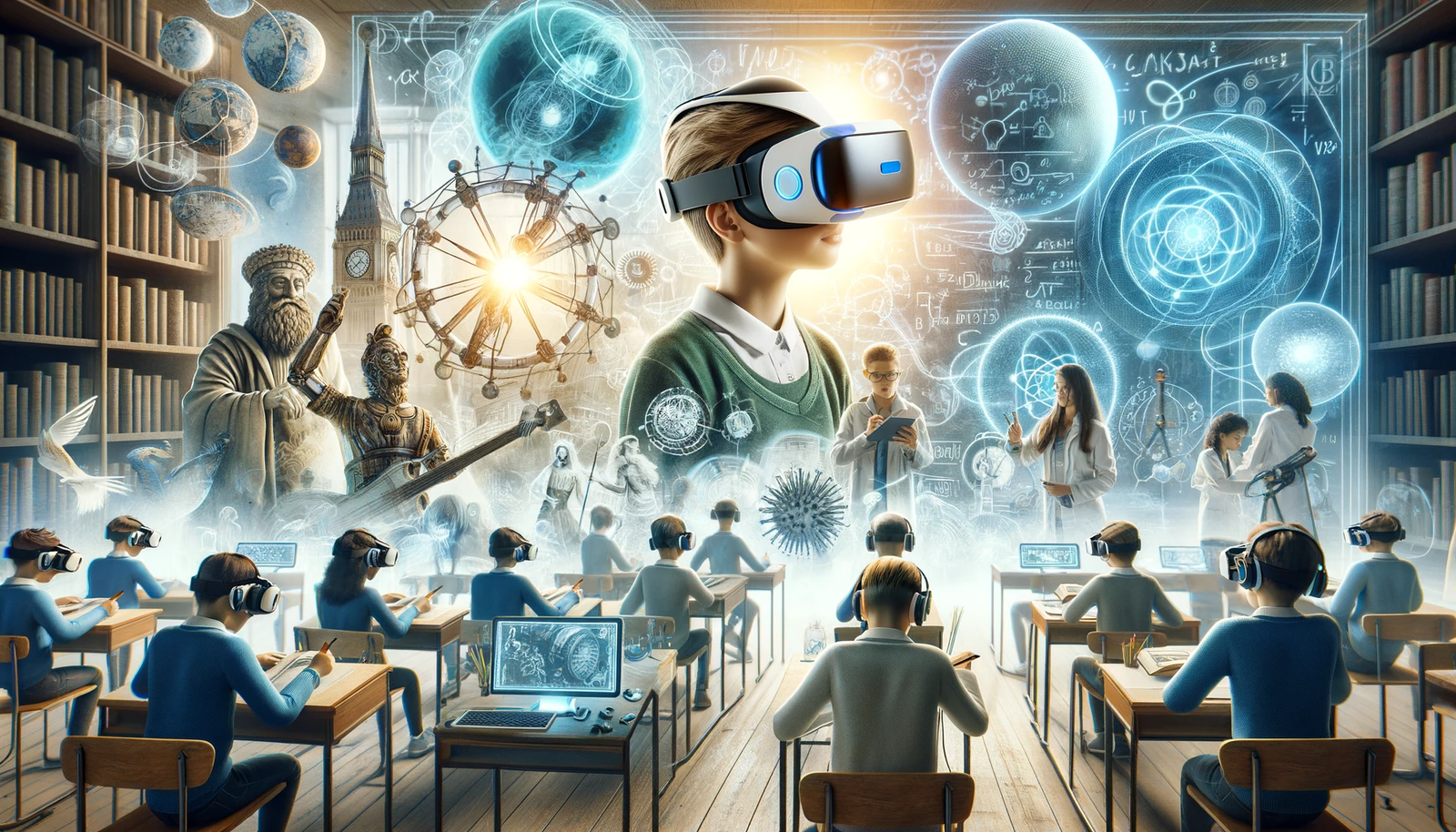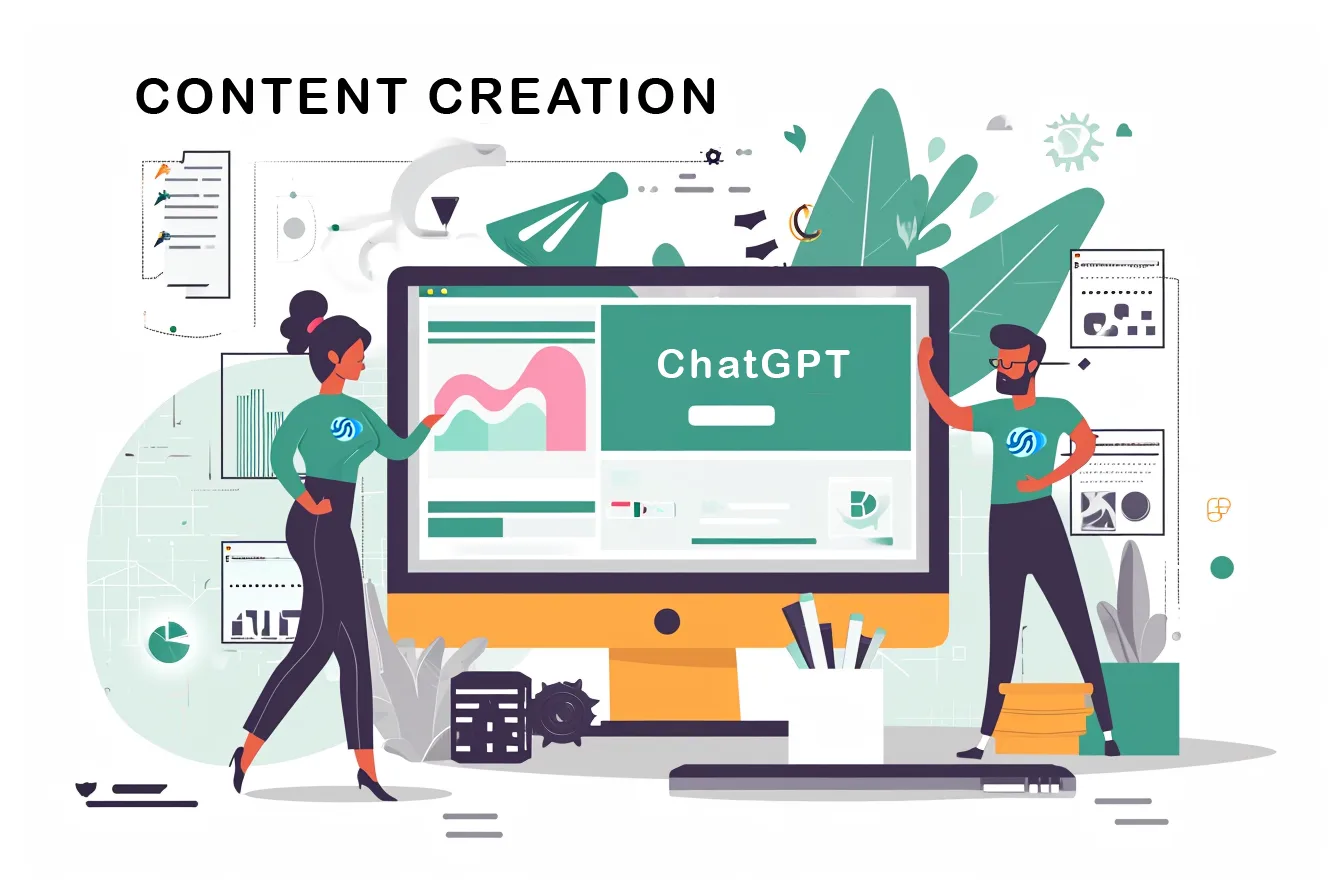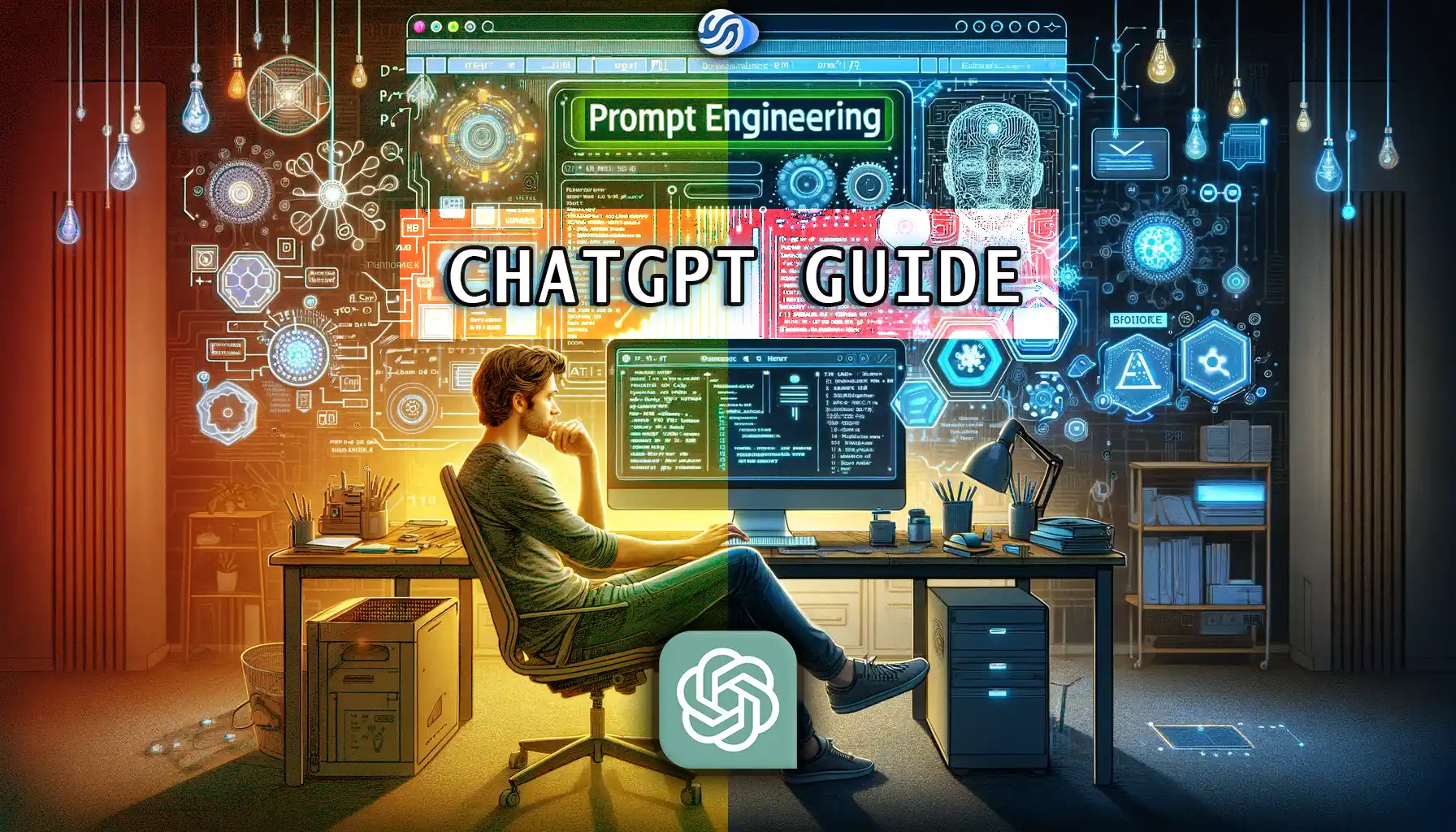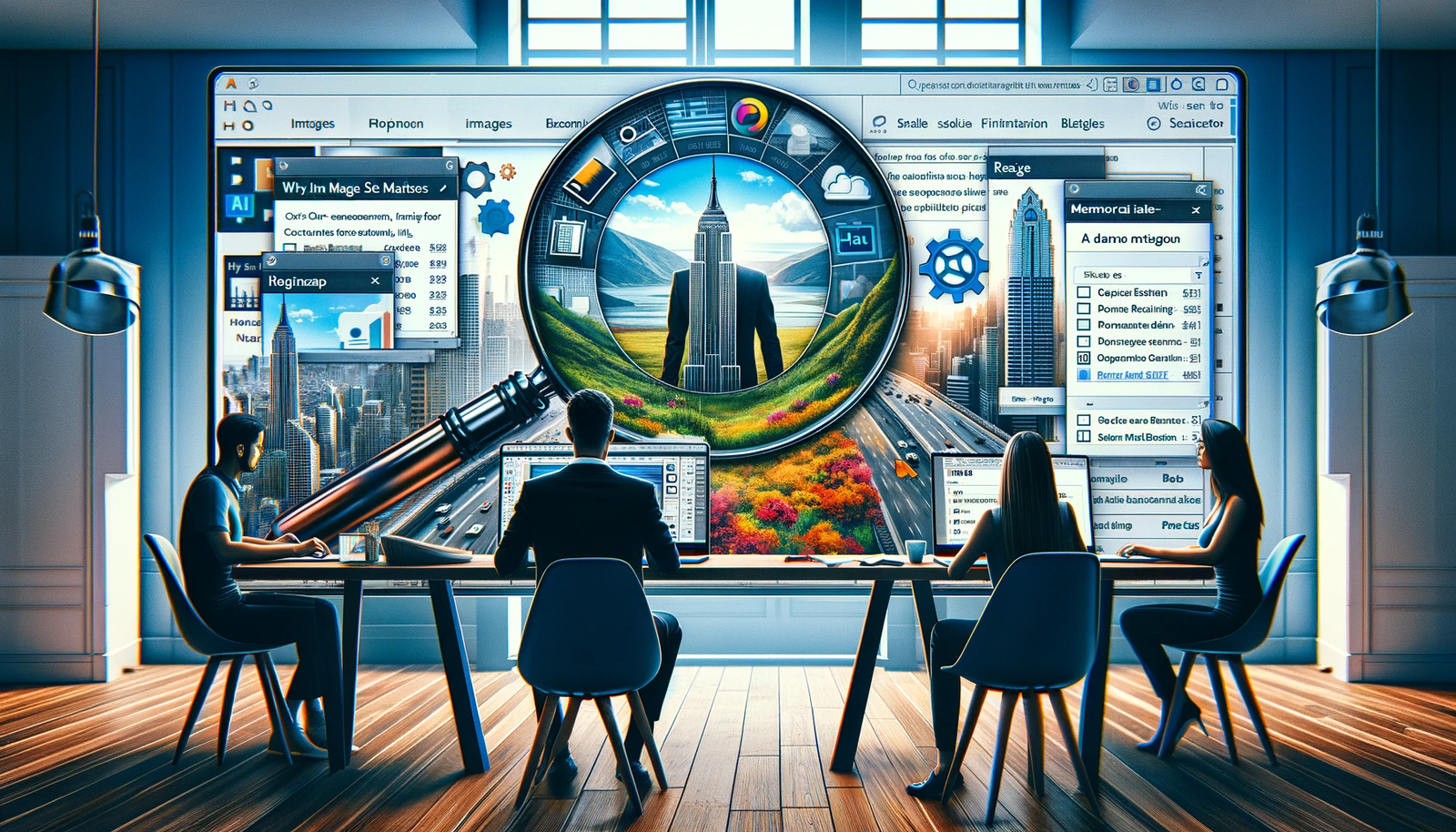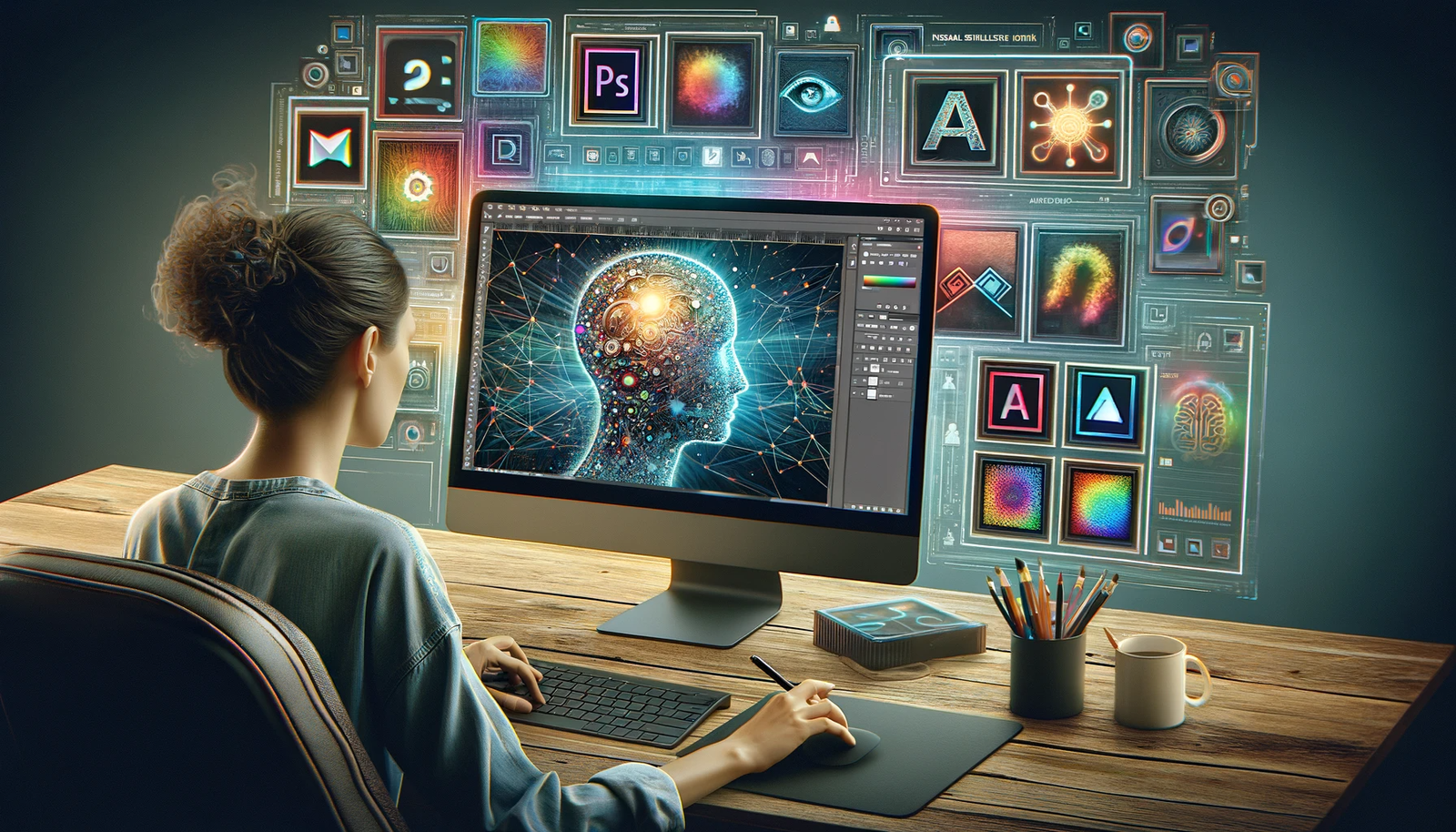The walls of the traditional classroom are expanding, and Virtual Reality (VR) is leading this transformative journey. Offering immersive, interactive, and deeply engaging experiences, VR is proving to be a game-changer in the world of education. As we navigate this exciting landscape on Snowballai.io, we’ll delve into the myriad ways VR is pushing the boundaries of learning.
Introduction: The VR Wave in Education
In an era where digital technology is intertwined with our daily lives, education is ripe for innovation. Virtual Reality, with its ability to transport users to different worlds, offers an unmatched potential to revolutionize how we learn and teach.
The Immersive Learning Experience
Gone are the days when students were passive recipients of information. With VR, they become active participants in their learning journey. Whether it’s diving deep into the human circulatory system or walking amidst the ruins of ancient civilizations, VR provides a multi-sensory learning experience that enhances comprehension and retention.
Applications of VR in Diverse Subjects
- History: Walk through ancient cities, witness significant historical events, and interact with historical figures.
- Science: Explore complex ecosystems, delve into the micro-world of cells, or journey through space.
- Art: Visit virtual art galleries, participate in 3D art creation, or even walk through architectural marvels.
- Geography: Take virtual field trips to different continents, ecosystems, or even explore the ocean’s depths.
Benefits of Incorporating VR in the Classroom
- Engagement: VR captures students’ attention, ensuring they are fully immersed in the learning experience.
- Accessibility: Virtual field trips and experiences can make inaccessible locations or concepts within reach.
- Collaboration: Multi-user VR experiences promote teamwork and collective problem-solving.
- Adaptability: VR can cater to different learning styles and paces, providing personalized learning experiences.
Challenges and Considerations
While VR holds tremendous promise, it’s essential to navigate its challenges. Cost of equipment, ensuring content quality, and potential health concerns are aspects educators must consider. Moreover, balancing VR with traditional teaching methods is crucial to ensure holistic learning.
Conclusion: Charting the Future of Learning
Virtual Reality in education is more than just a trend; it’s a transformative tool that’s reshaping the way we perceive learning. As VR technology continues to evolve, its integration in education will deepen, ushering in an era where learning is limitless, immersive, and profoundly engaging. Explore the vast potential of VR in education on Snowballai.io.

Ravjar Said is an engineer passionate about social impact. In his spare time, he runs Snowball AI – a YouTube channel exploring the intersections of artificial intelligence, education and creativity. Through innovative projects, he hopes to make AI more accessible and beneficial for all. Ravjar loves helping bring people and technology together for good.
